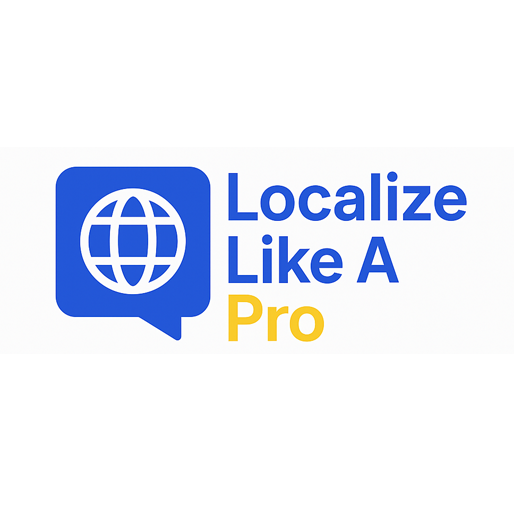Sometimes things get complicated.
What was supposed to be a quick and easy check becomes a wild journey through error lists, warnings, and remarks.
That’s how localization QA might feel.
When you work on large volumes of content translated into multiple languages, QA checks can seem like a never-ending loop of revisions. Add in tight deadlines, and it’s no surprise that more and more teams are considering plugging AI tools into their QA processes.
But AI isn’t a magic wand. It can speed things up, but only if you know what to expect and where the pitfalls lie.
So, what exactly can AI do for your QA process? And where does it fall short?
You’ll find the answer below.
What AI Can Spot
When used well, AI-powered QA tools are excellent at catching the most common problem areas, such as:
- Literal or robotic translations that don’t read naturally
- Tone inconsistencies across files or segments
- Grammar slips and repeated errors that slow down reviews
- Missing glossary terms (as long as you upload the list)
- Deviation from the style guide
- Mistranslations
AI features available in the popular localization platforms (such as Phrase, Crowdin, Lokalise) take your traditional QA checks to the next level.
Some of these tools can also grade the translated content based on QA metrics, which can be a good indicator of how accurate and context-relevant the text is.
But you don’t have to use localization platforms to boost your QA cycles with AI. There are other methods, too. For example, creating custom GPTs aligned with your project requirements to review key issues.
With AI-based QA, you get an extra pair of eyes that highlights the most problematic segments, suggests alternatives, and quickly processes large volumes of text.

Where AI Falls Short
Technology won’t solve all your QA headaches.
AI in localization QA comes with risks and limitations.
It can’t replace human judgment. It may also:
- Invent errors that don’t exist
- Miss cultural or regional nuances in tone and style
- Struggle with slogans or creative copy where meaning matters more than grammar
- Create false confidence if no human checks follow
In other words, AI can accelerate your QA cycles, especially if you deal with low-impact and low-visibility content. However, it shouldn’t replace professional reviewers in cases involving high-stakes content, creative copy, or culturally sensitive materials.
Making AI Work for Your QA
So, how do you strike the balance?
By giving AI a supporting role, not the lead.
Your final judges are still human experts.
For example, you can run AI-based QA before sending the text to the professional reviewer. Or use it while reviewing the text yourself, alongside traditional QA checks.
Sometimes it’s hard to spot every slip.
Just like you might miss a typo or a double space, you can easily overlook a mistranslation or a deviation from the style guide. In such cases, AI-powered QA becomes your extra set of eyes.
For low-stakes content, AI-based checks give you a bonus revision cycle that makes the text more readable and consistent.
Learn More in Our Power Hour
That’s exactly what we cover in our new short, practical training:
Power Hour 1: AI in Localization QA
In this course, you’ll learn:
- What AI can (and can’t) do in QA
- How to use tools like Lokalise, Phrase, and Crowdin for QA
- How to build your own Custom GPTs for error checking
- The most common pitfalls and how to avoid them
- When to trust AI, and when to double-check manually
Packed with real examples and workflows, it’s designed to help you add AI to your QA process without losing quality.
Final Thoughts
AI can be a real time-saver in localization QA, but only if you know its limits.
Use it to catch repetitive errors, style mismatches, or mistranslations, but always keep the human touch for nuance, creativity, and cultural fit.
Curious to try it out?
The AI in Localization QA course is on pre-sale now with 40% off.
See you inside!

